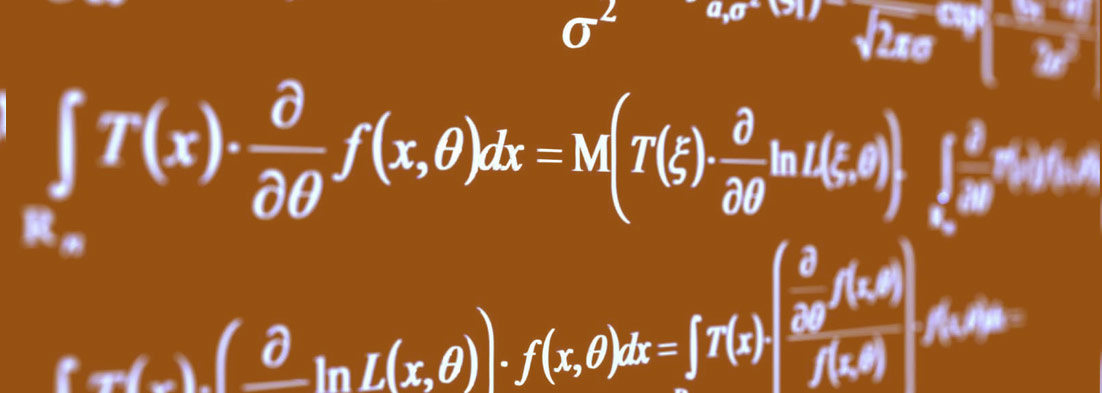Welcome to Matrix Education
To ensure we are showing you the most relevant content, please select your location below.
Select a year to see courses
Learn online or on-campus during the term or school holidays
Learn online or on-campus during the term or school holidays
Learn online or on-campus during the term or school holidays
Learn online or on-campus during the term or school holidays
Learn online or on-campus during the term or school holidays
Learn online or on-campus during the term or school holidays
Learn online or on-campus during the term or school holidays
Learn online or on-campus during the term or school holidays
Learn online or on-campus during the term or school holidays
Learn online or on-campus during the term or school holidays
Select a year to see available courses
Science guides to help you get ahead
Science guides to help you get ahead
In this post, we run through the most common Maths Extension 2 Integral forms so you can demonstrate that you are an exceptional student, and not just a knowledgeable one.

Join 75,893 students who already have a head start.
"*" indicates required fields
You might also like
Related courses

Join 8000+ students each term who already have a head start on their school academic journey.
The integration methods taught in Extension 2 can appear easy enough to grasp, but when it comes to the HSC, integration problems are sometimes deviously disguised by examiners to sort out the knowledgeable students from the exceptional ones. It is important to know in detail the different forms of integrals and the methods used to approach them, so that when you are faced with an alien-looking expression, you are able to identify a suitable method to solve it.
Below are six of the most common forms of integrals, and examples of ways in which they can be disguised.
Can you solve all 6?
When one part of the integer and is the derivative of the other part, the solution to the integral may be found by an application of the reverse chain rule. Note that in special cases, this may also lead to a logarithm. The reverse chain rule can be summarised as:
\( \int nf(x){^{n-1}}f {^\prime} (x) dx= f (x){^n}+C\)
\(\int\frac{1}{xlnx}dx\)
\(\int \frac{\sin x -\cos x}{(\sin x + cosx){^2}}dx\)
Before getting too stuck into a complicated-looking expression, don’t forget to check the table of standard integrals! Usually, questions that can be solved using the table of standard integrals are worth fewer marks.
\(\int \frac{dx}{9\cos{^2}x+\sin{^2}x}\)
\(\int u\frac{dv}{dx}=uv- \int v \frac{du}{dx}dx\)
\(\int x \ e{^x} \ dx\)
Sometimes, it is not so obvious where the two ‘parts’ of the integral are. Consider the following example:
\(\int \sec{^3}x \ dx\)
When the integral is expressed as one polynomial divided by another, first check for an application of the reverse chain rule or for a potential inverse tan integral. If none of these work, then it is most likely a partial fractions problem.
In these cases, the integrand can be decomposed into partial fractions which are much simpler to integrate. The procedure for finding a partial fractions decomposition involves rewriting each of the denominator parts as follows:
| \( \frac {1}{(x+1)(x+2)} = \frac{A}{x+1}+\frac{B}{x+2}\) |
| \( \frac {1}{(x{^2}+1)(x+4)} = \frac{Ax + B}{x{^2}+1}+\frac{C}{x+4}\) |
| \( \frac {1}{(x+1){^2}(x+2){^3}} = \frac{A}{x+1}+\frac{B}{(x+1){^2}}+\frac{C}{(x+2)}+\frac{D}{(x+2){^2}}+\frac{E}{(x+2){^3}}\) |
| \( \frac {1}{(x+1){^2}(x+2){^2}} = \frac{Ax+B}{x{^2}+2}+\frac{Cx+D}{(x{^2}+2){^2}}+\frac{Ex+F}{(x{^2}+2){^3}}\) |
\(\int \frac{x+2}{x(x{^2}-1)}dx\)
The t-formulas can be used to solve integrals in the form:
\(\int \frac{dx}{a \sin x + b \cos x + c}\)
when \( t= \tan \frac{x}{2}\)
\( \sin x = \frac {2t}{1+t{^2}}\)
\(\cos x= \frac {1-t{^2}}{1+t{^2}}\)
\(\tan x = \frac {2t}{1-t{^2}} \)
Where \(dx= \frac{2dt}{1+t{^2}}\)
\( \int \frac{dx}{3+2 \sin 2x}\)
Some types of integrals can be solved by using a substitution involving a trigonometric function. The usual indicator of a question requiring trigonometric substitution is the presence of a square root containing a sum or difference of perfect squares:
\( \sqrt {a{^2}\pm x{^2}}\)\( \int x{^2} \sqrt{a{^2}-x{^2}} dx \) or \( \int \frac{x{^2}}{\sqrt{a{^2}+x{^2}}} \rightarrow \)use \( x = a \sin \theta \)
\( \int x{^3} \sqrt{a{^2}+x{^2}} dx \) or \( \int \frac{x{^3}}{\sqrt{a{^2}+x{^2}}} \rightarrow \)use \( x = a \tan \theta \)
Master HSC Maths Extension 2
Expert teachers, comprehensive resources and 24/7 support with Ask Max! Ace your next Maths Extension 2 assessment with Matrix+ Online Courses.
Written by Oak Ukrit
Oak is the Head of Secondary Education at Matrix Education. He has over 15 years of teaching experience and has been helping students at Matrix since 2016.© Matrix Education and www.matrix.edu.au, 2025. Unauthorised use and/or duplication of this material without express and written permission from this site’s author and/or owner is strictly prohibited. Excerpts and links may be used, provided that full and clear credit is given to Matrix Education and www.matrix.edu.au with appropriate and specific direction to the original content.